| Thinking Big! I've always wanted my students to be more involved with sculpture and installation, but space, time, and cost of materials have presented a challenge. For this creative challenge, students will be required to research installation artists, construct a miniature art gallery, create the miniature artwork that will be installed in the gallery they create, and photograph the work in the gallery in a way that convinces the audience that the work is of the scale of an actual full sized gallery. This Idea Is not my Invention, but it has always been on my mind as a project for my students. When I was an art student at VCU, we had a locker (Locker 50B) in one of the art buildings that was transformed into a mini art gallery. It functioned as one of the galleries in the First Friday Art Walk of RVA. They required proposals from interested artists and featured a new artist each month. They even had openings like regular galleries with drinks, food and music. For this project, my Art 4 students will be working in pairs to construct the gallery, curate the contents that will fill it, and create the work for it. Here is a list of artists everyone should research and become familiar with before you begin to build your gallery: Yayoi Kusama Damien Hirst Kara Walker Nam June Paik Sol LeWitt Wolfgang Laib Tara Donovan Maya Lin As you begin to plan your gallery design, keep in mind that your gallery can be no larger than 2 feet in any direction. You are building only 3 walls and a ceiling. You must have some sort of lighting and you should seek to make this small scale model look as convincingly real as possible. Dig in and do the research for building miniature environments, and work together as a team with your partner to blow everyone's mind with how realistic your space was designed. The work you create to fill your gallery should be made so that it too is convincing of a much larger scale when it is photographed. Your job is to give us a clear visual of what it would look like if you had the materials and time to fill a large gallery as an installation artist. You will need to collaborate with your partner to write an artist statement that goes with the work you installed. You will have exactly one month to design, construct and fill your galleries. Best of luck to all! Other examples of miniature galleries: Stick Your Head In The Gallery |
|
0 Comments
|
Art 45
|

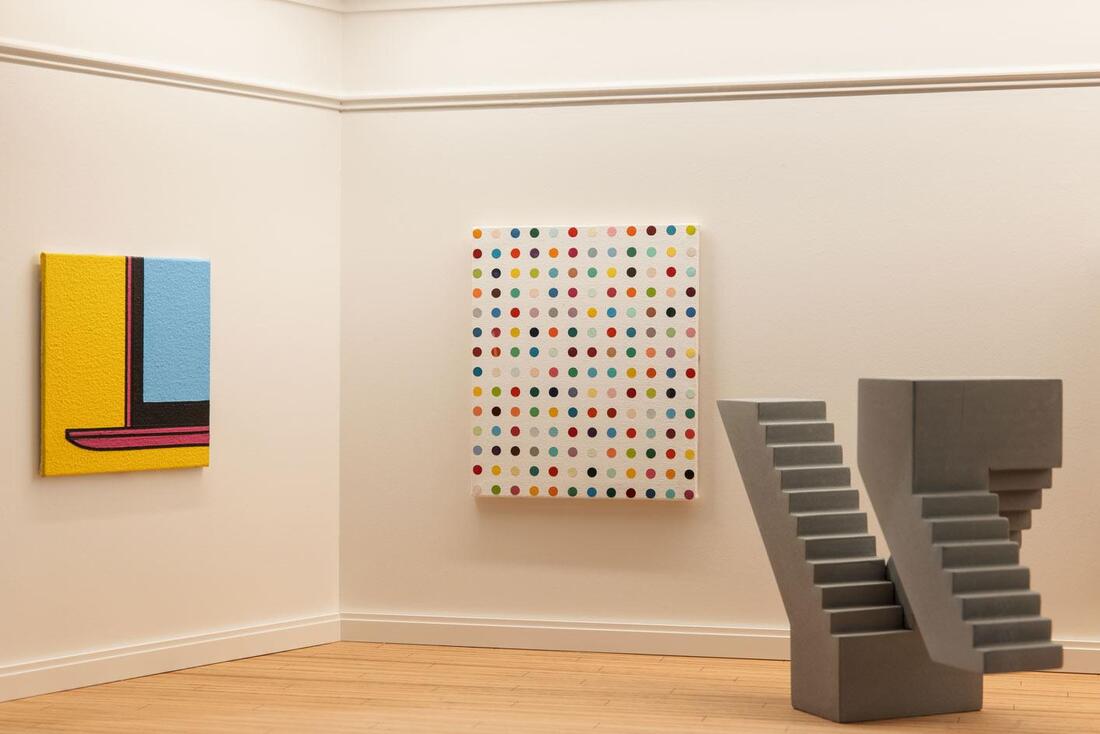
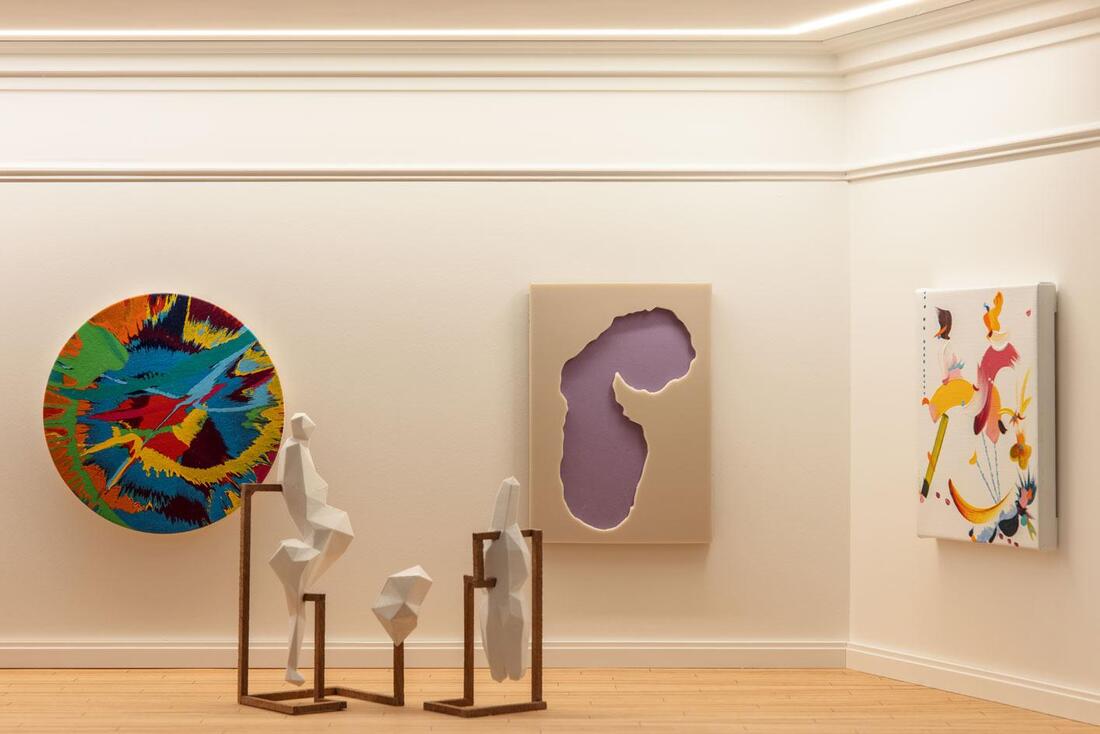
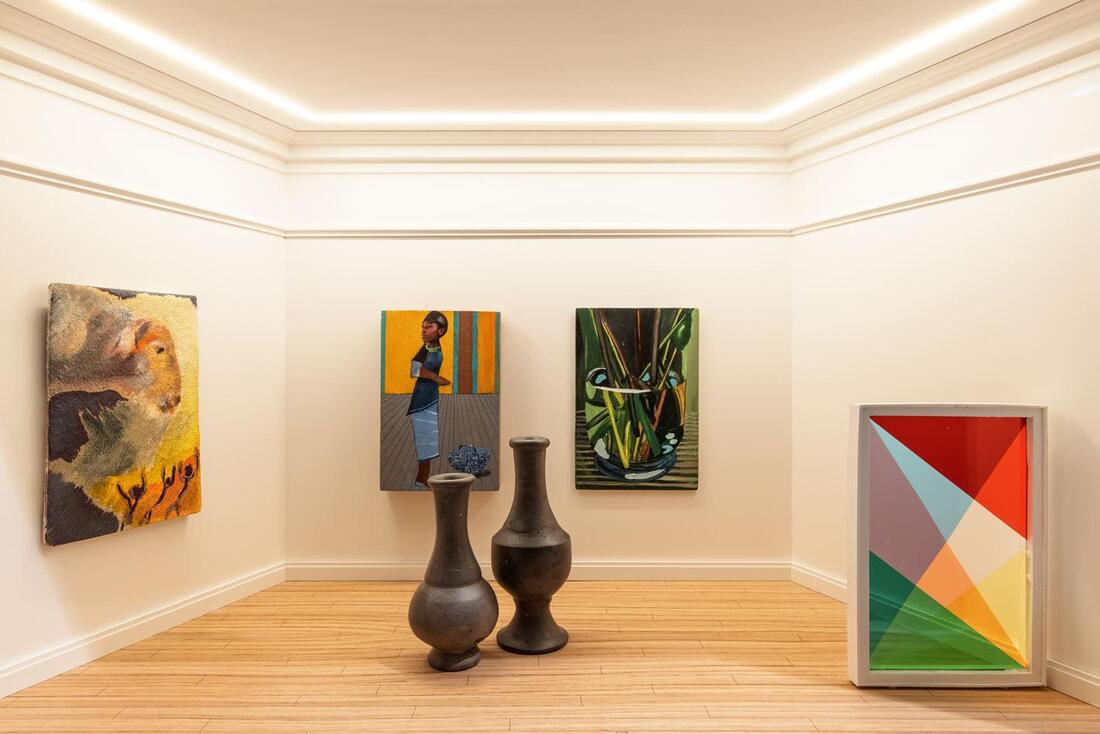
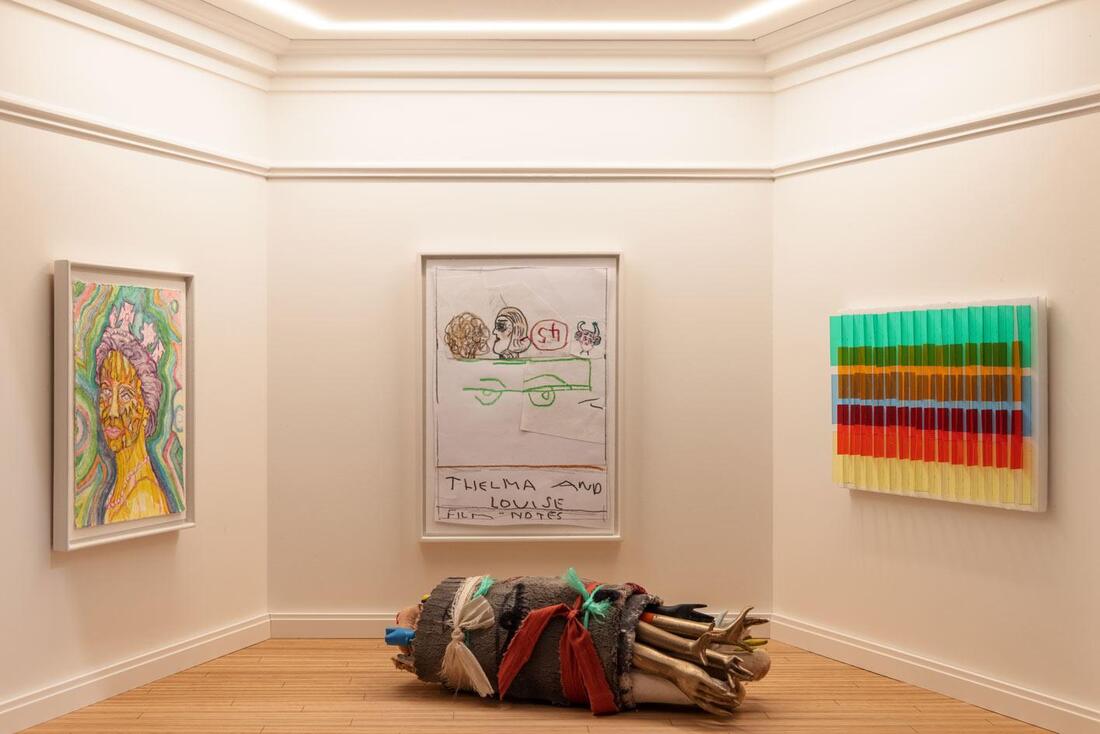
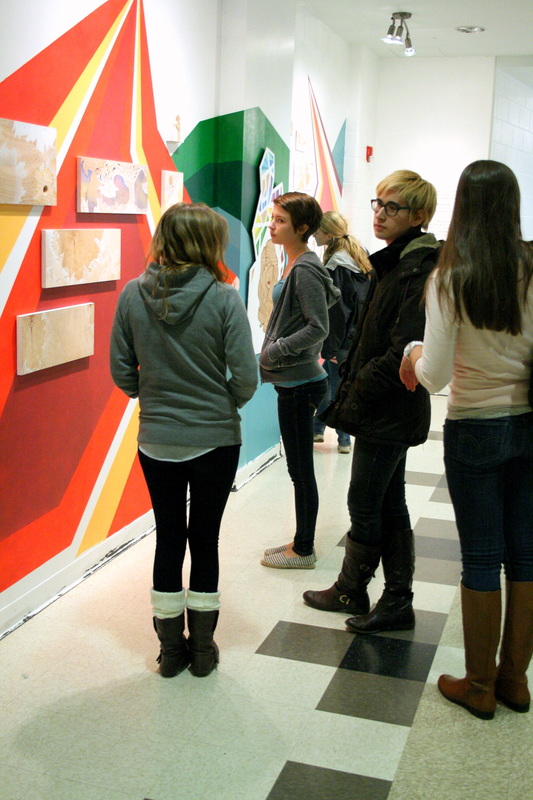
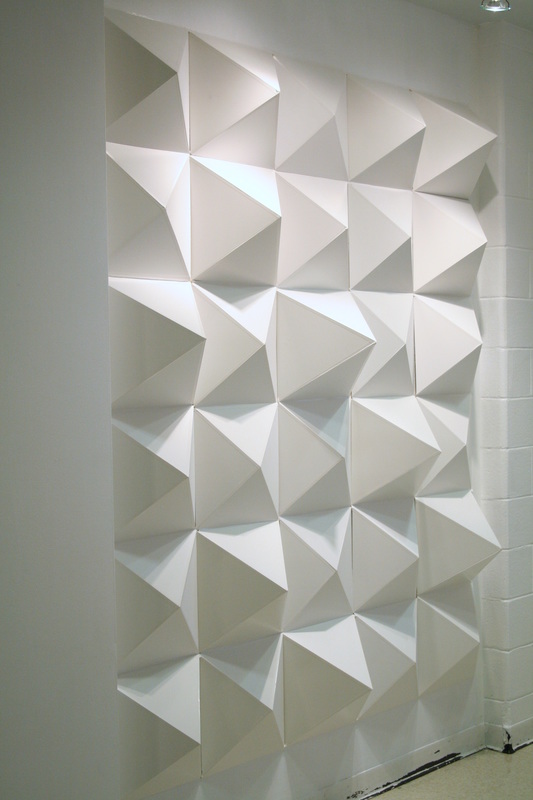
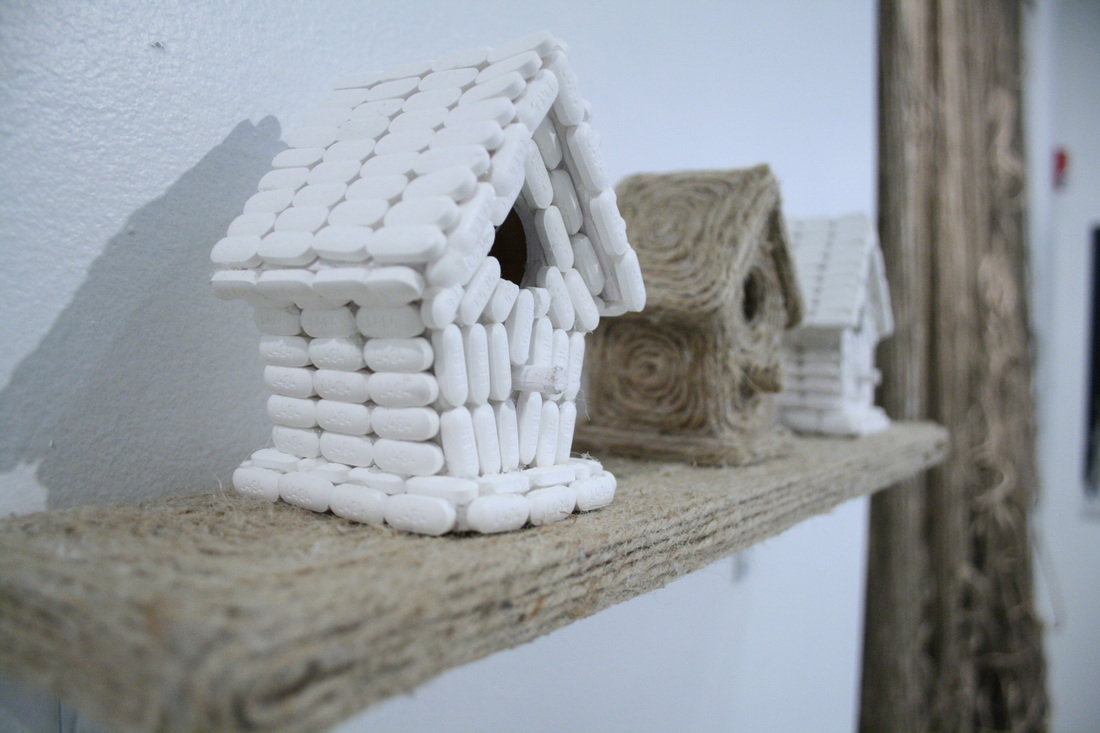
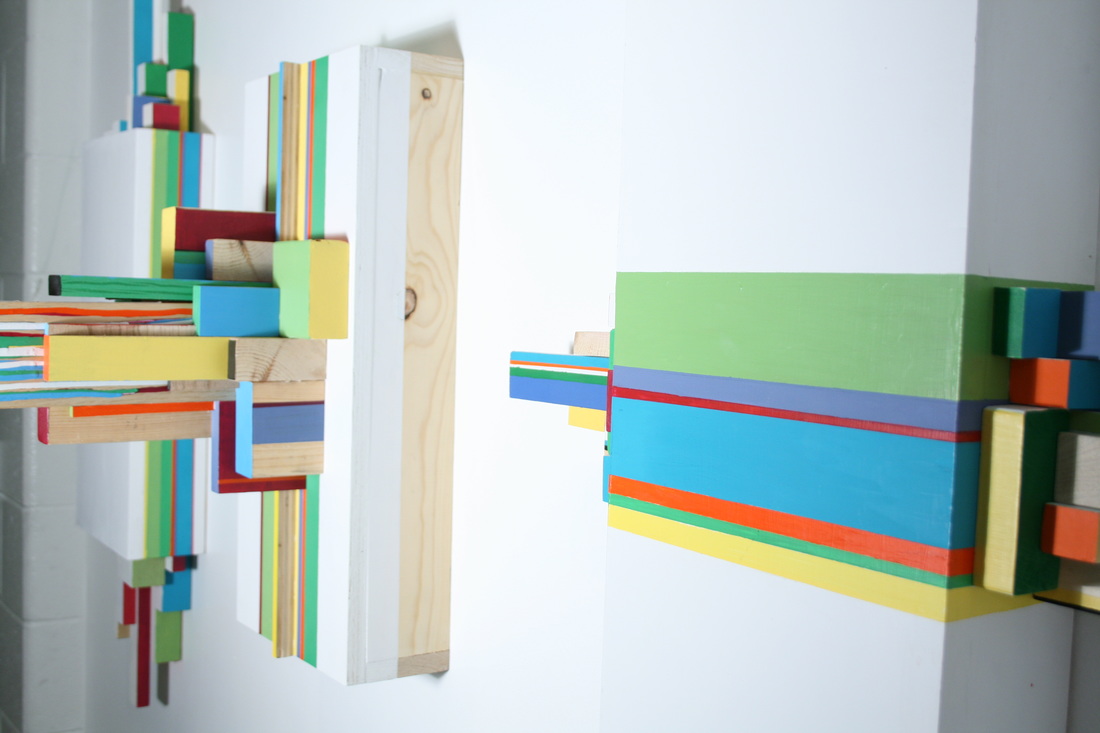
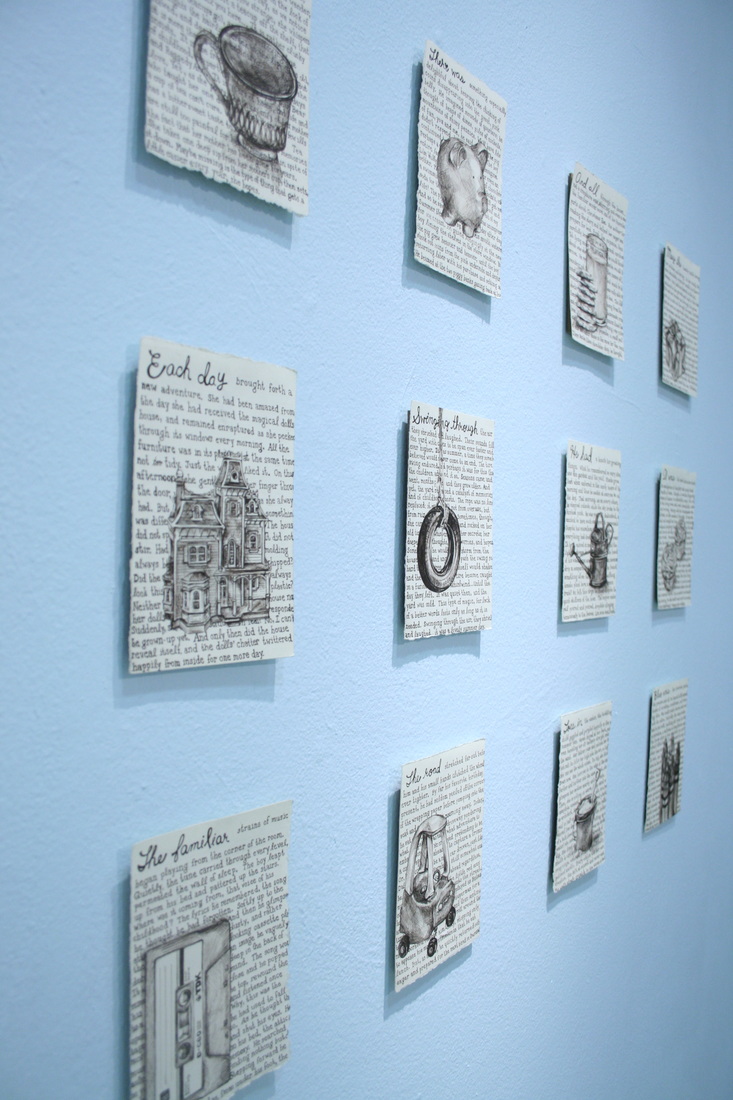
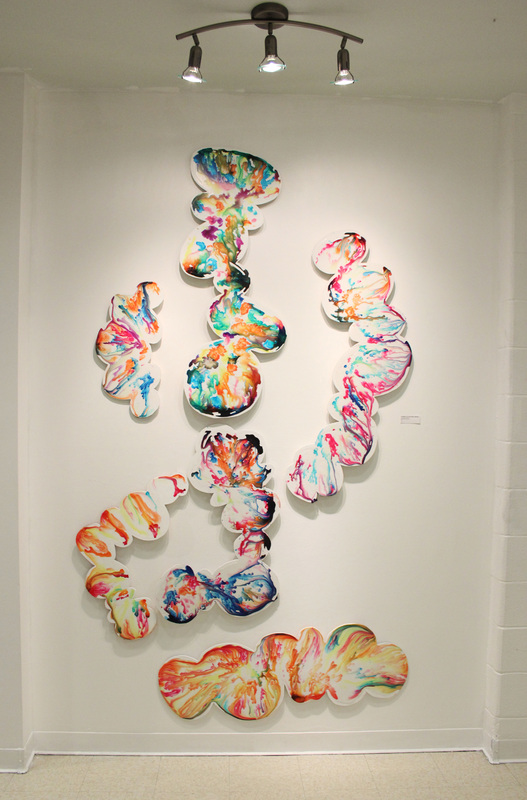
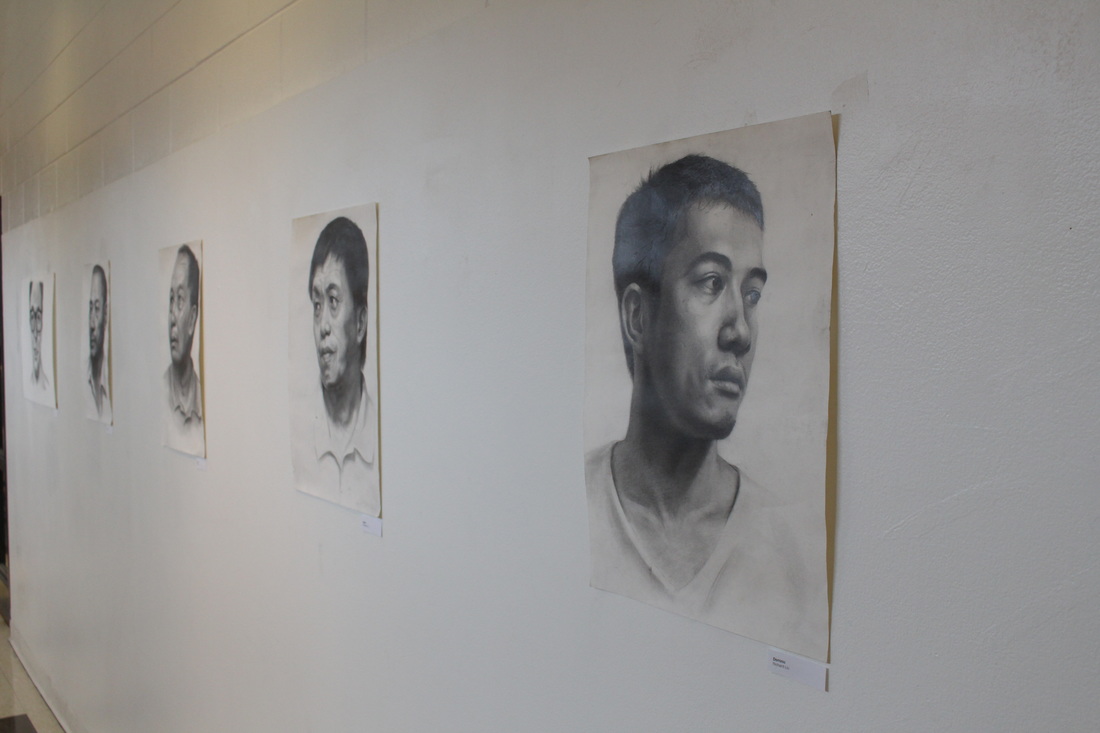
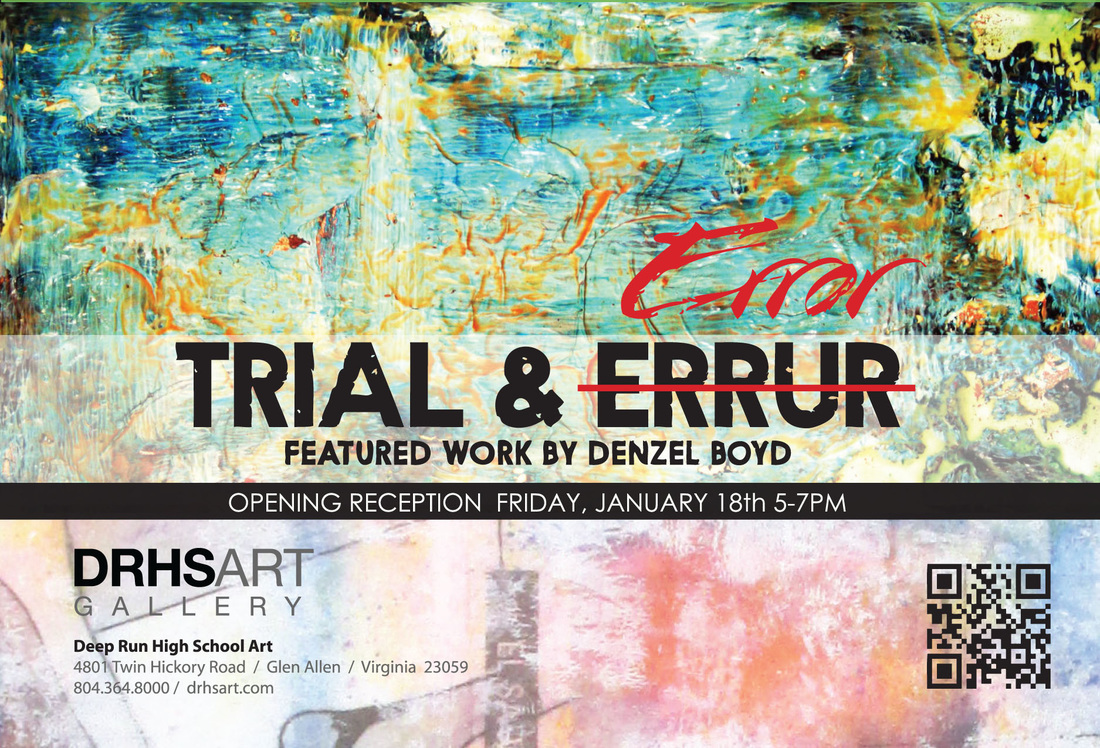
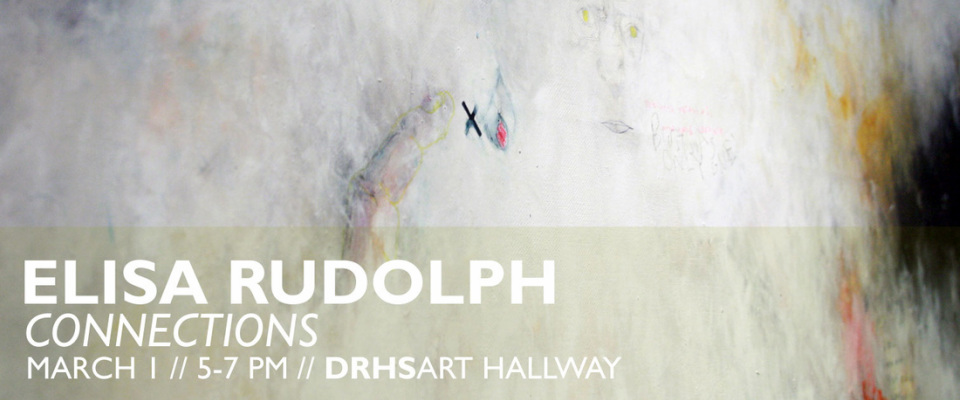
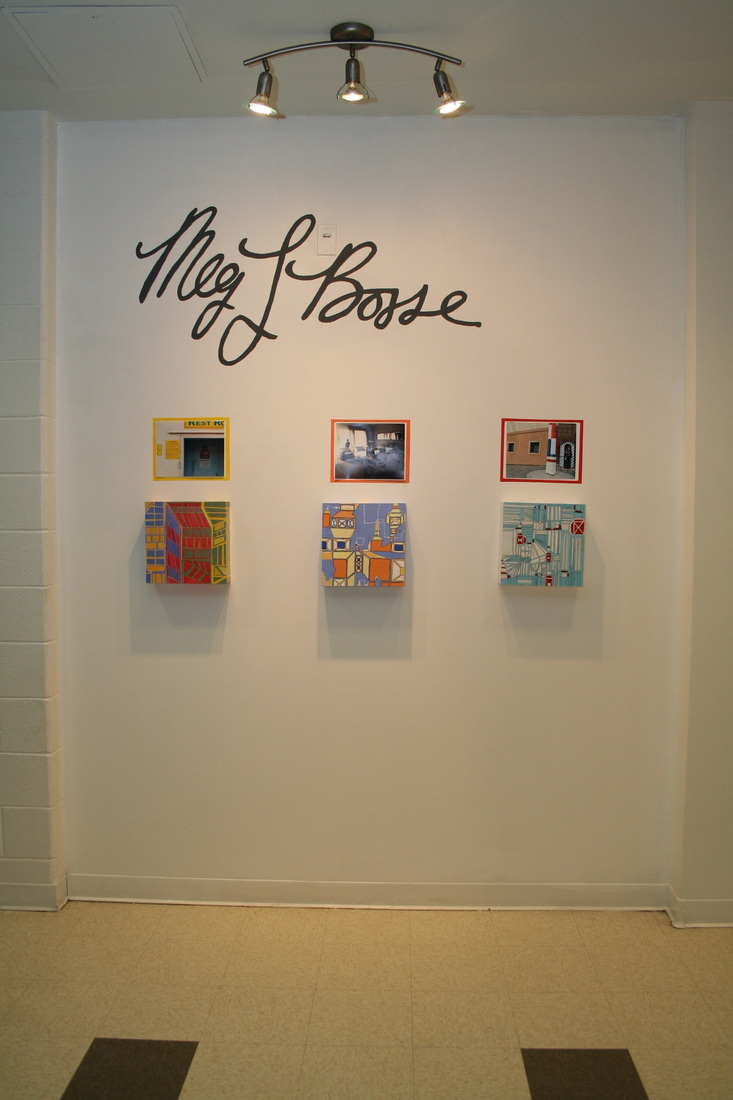
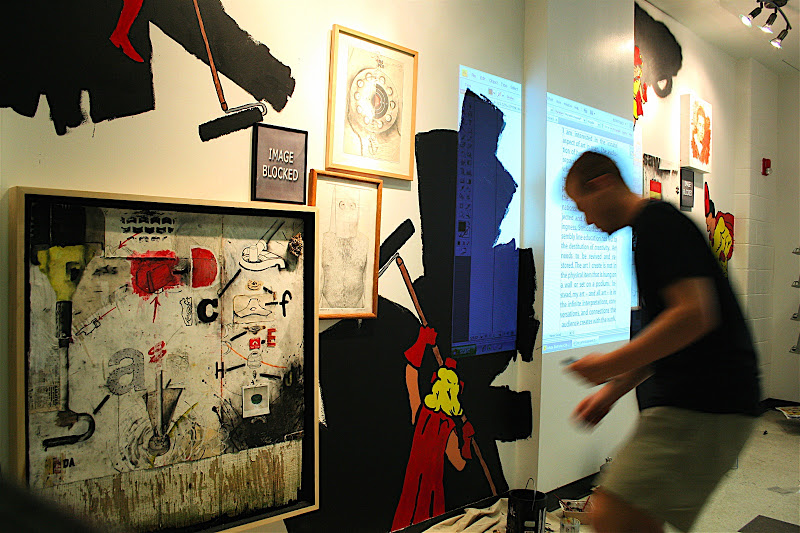
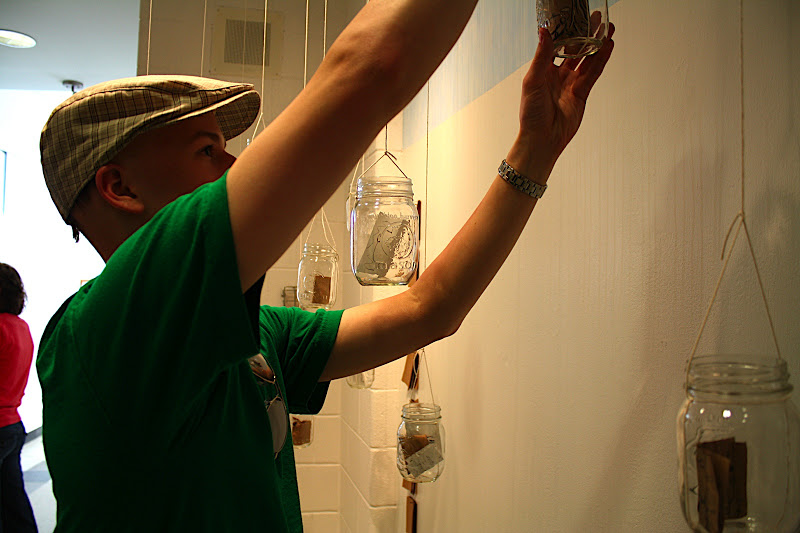
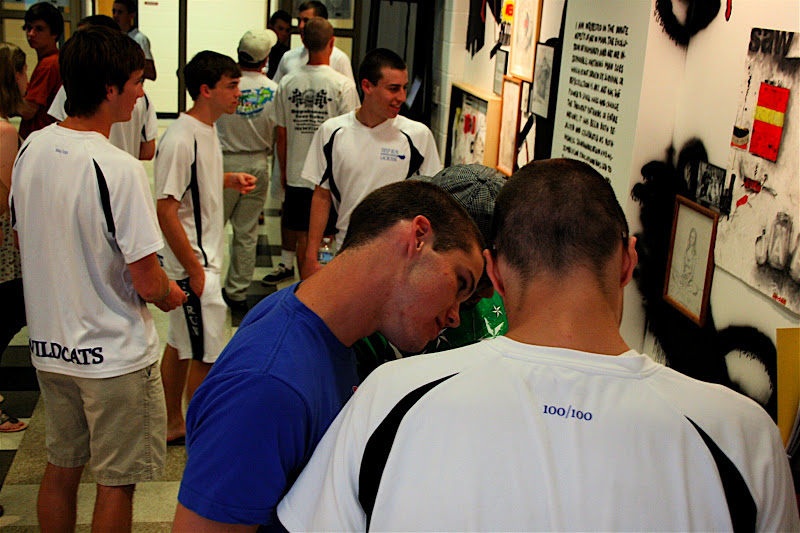
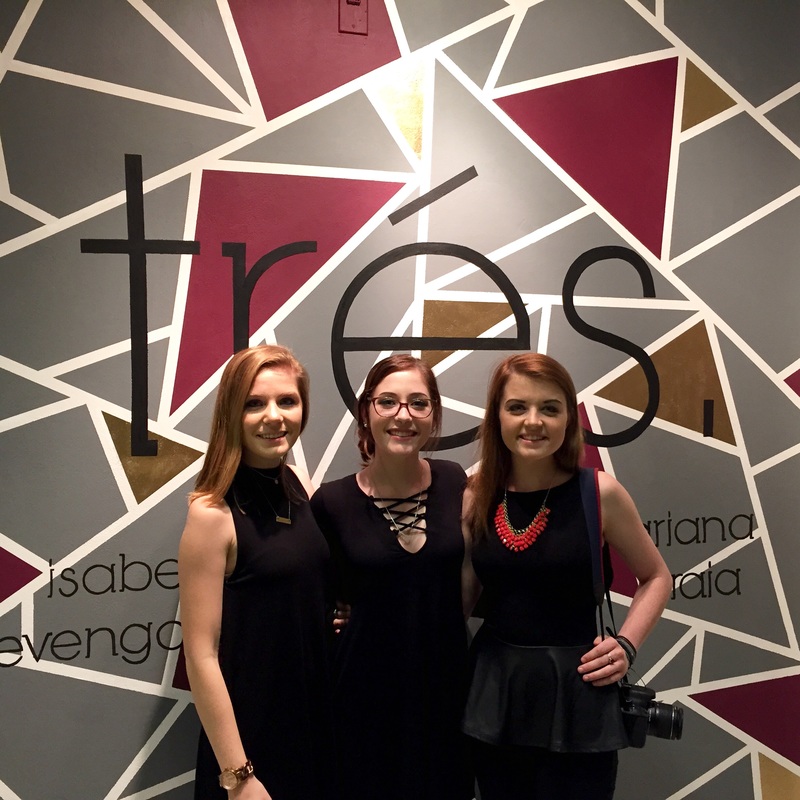
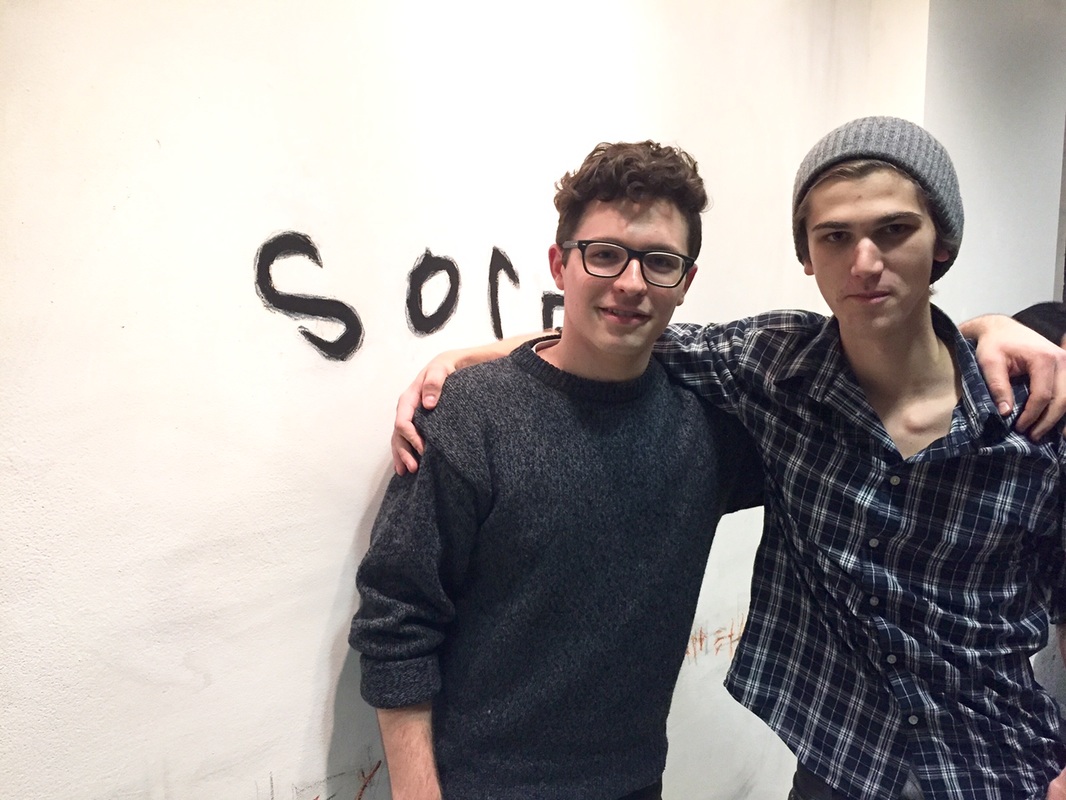
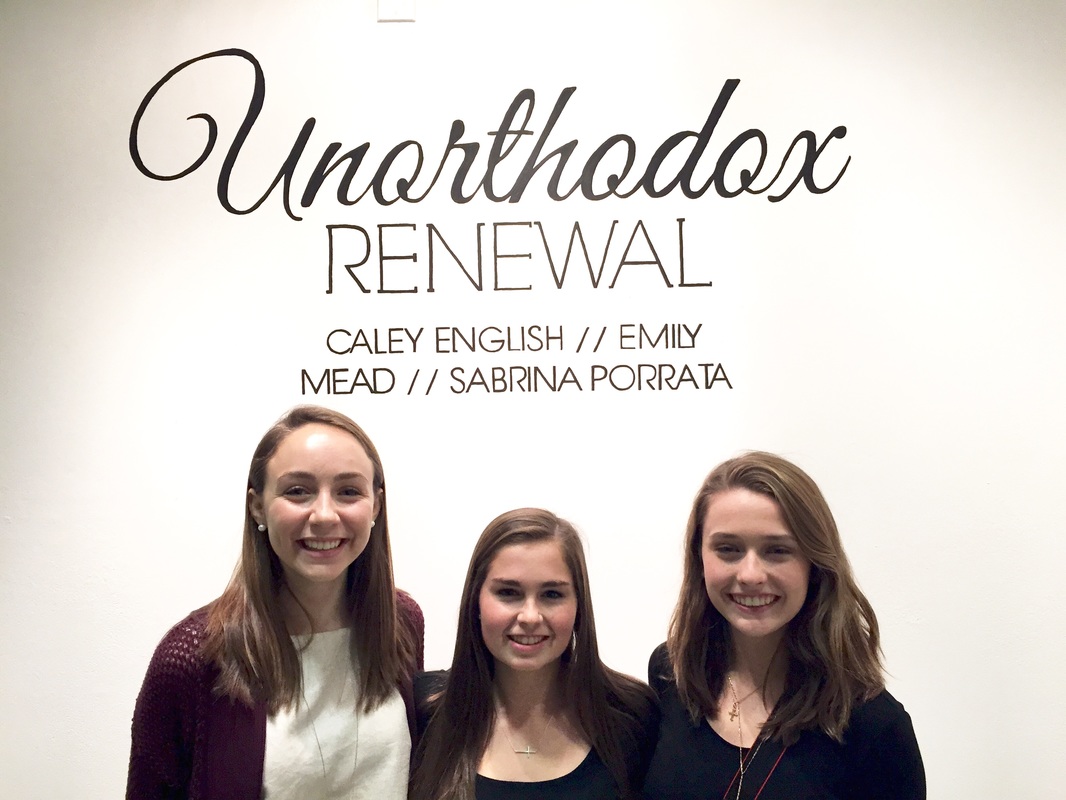
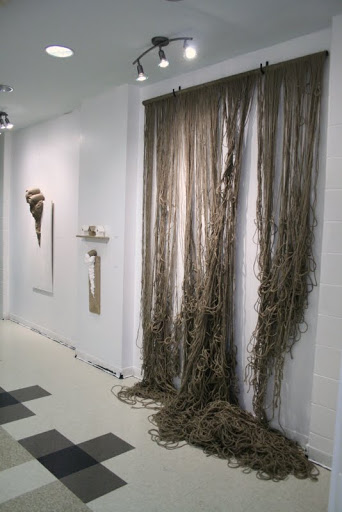
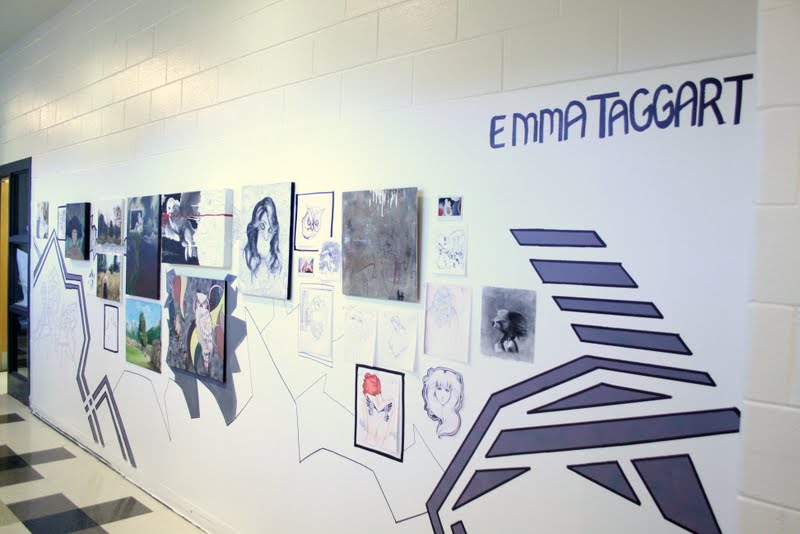
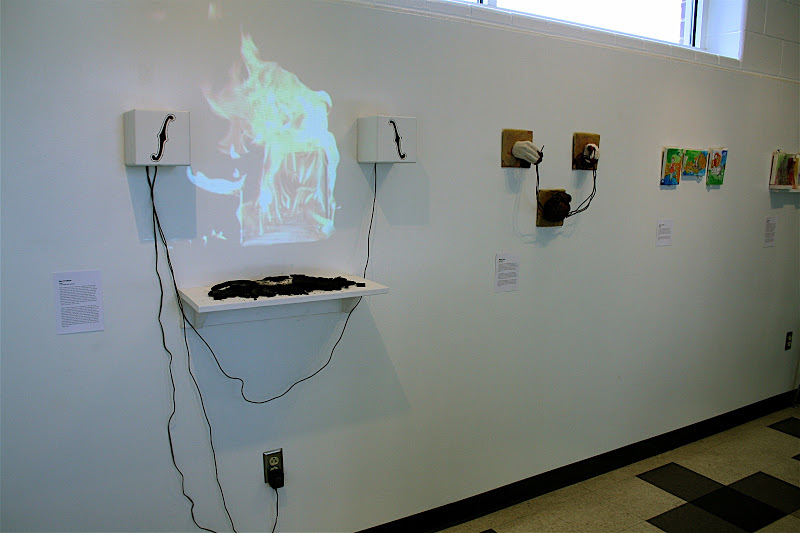
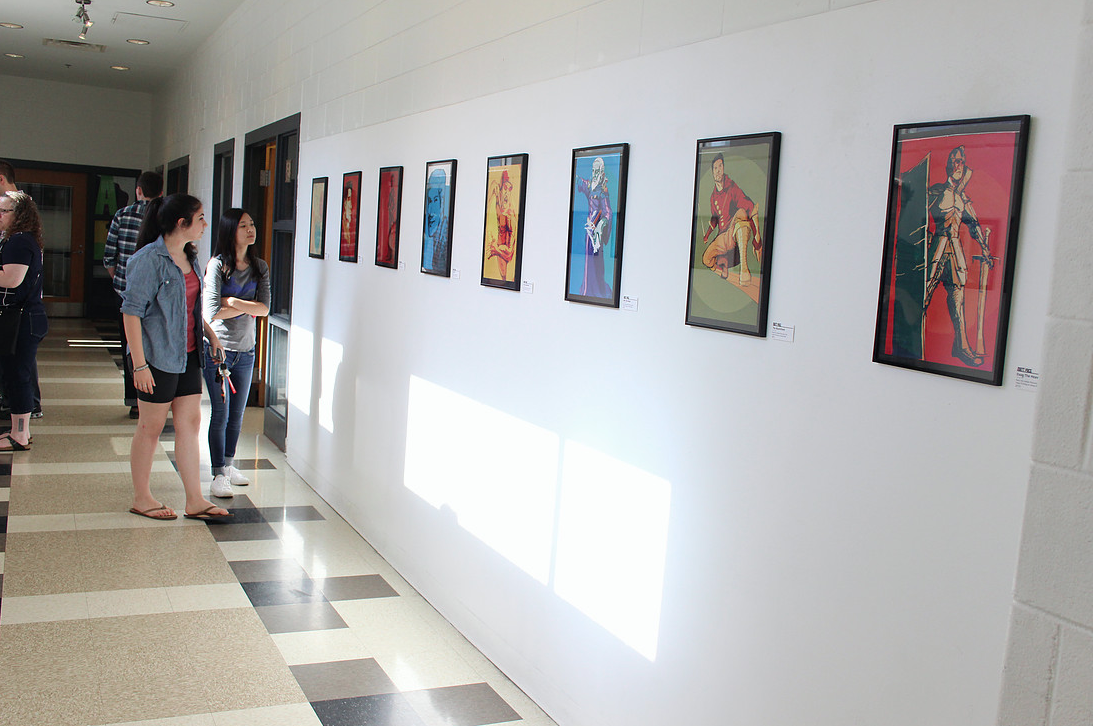
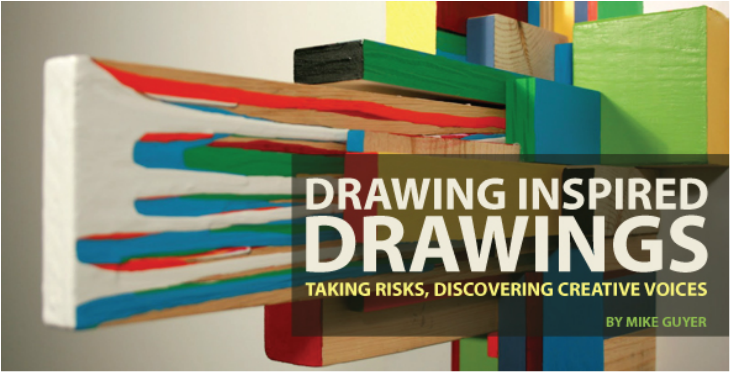
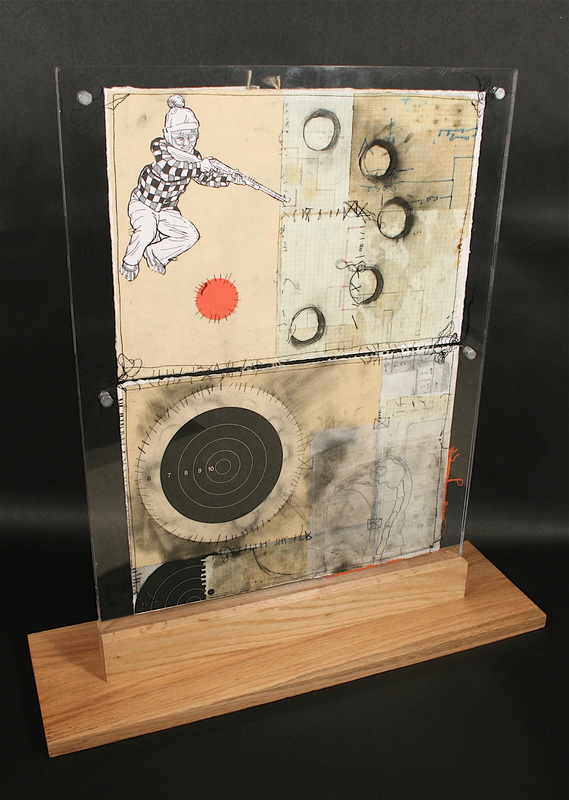
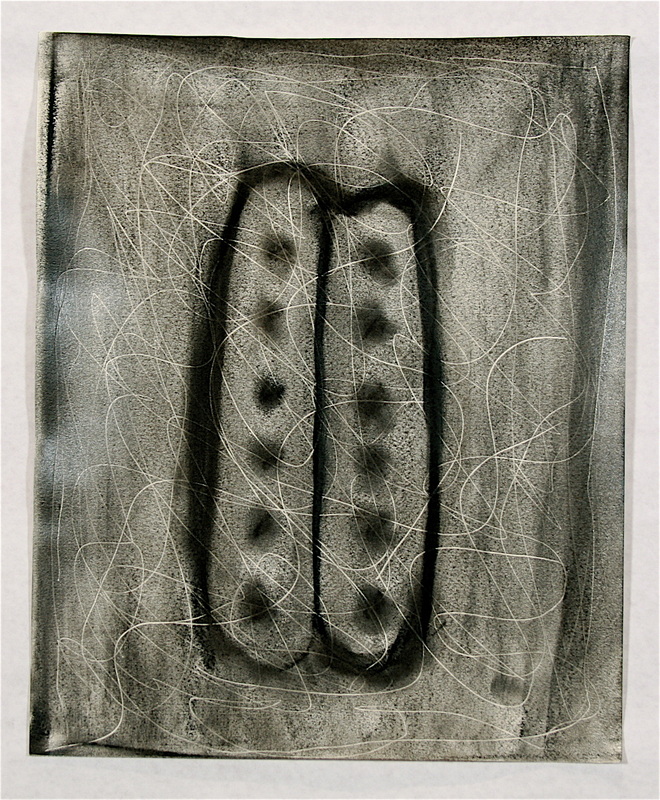
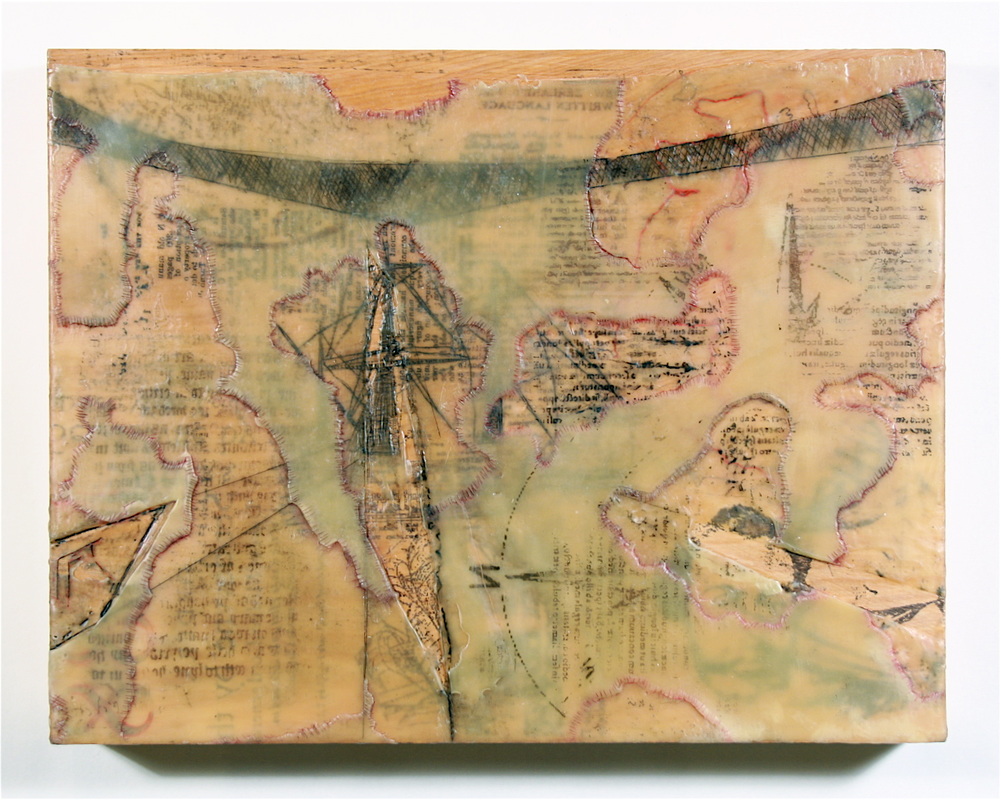
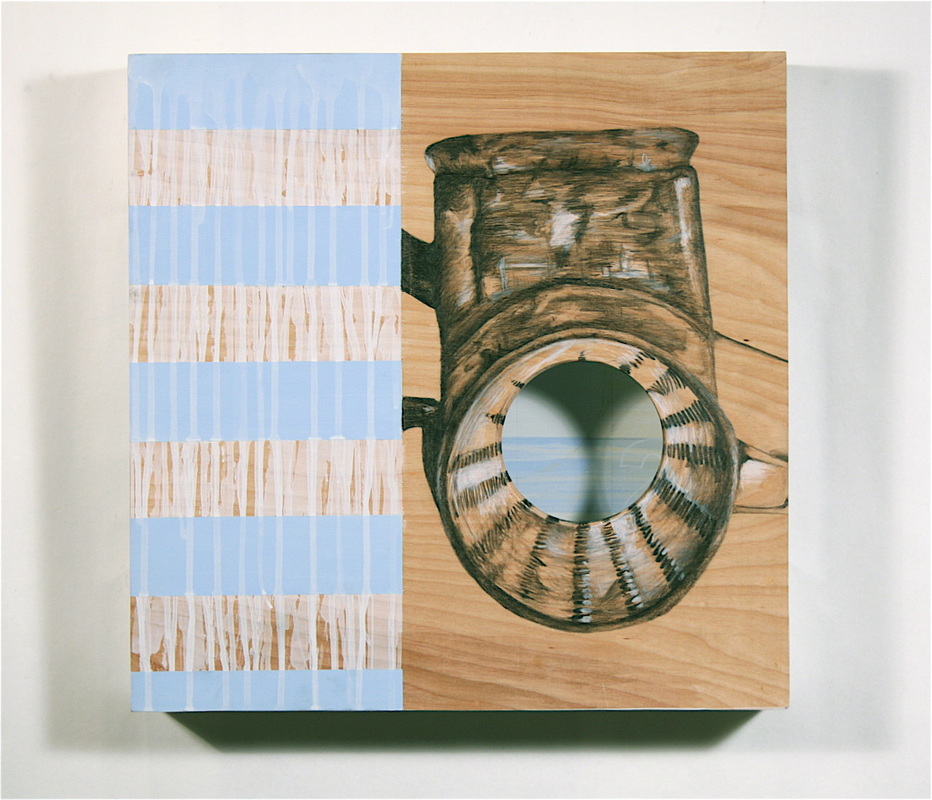
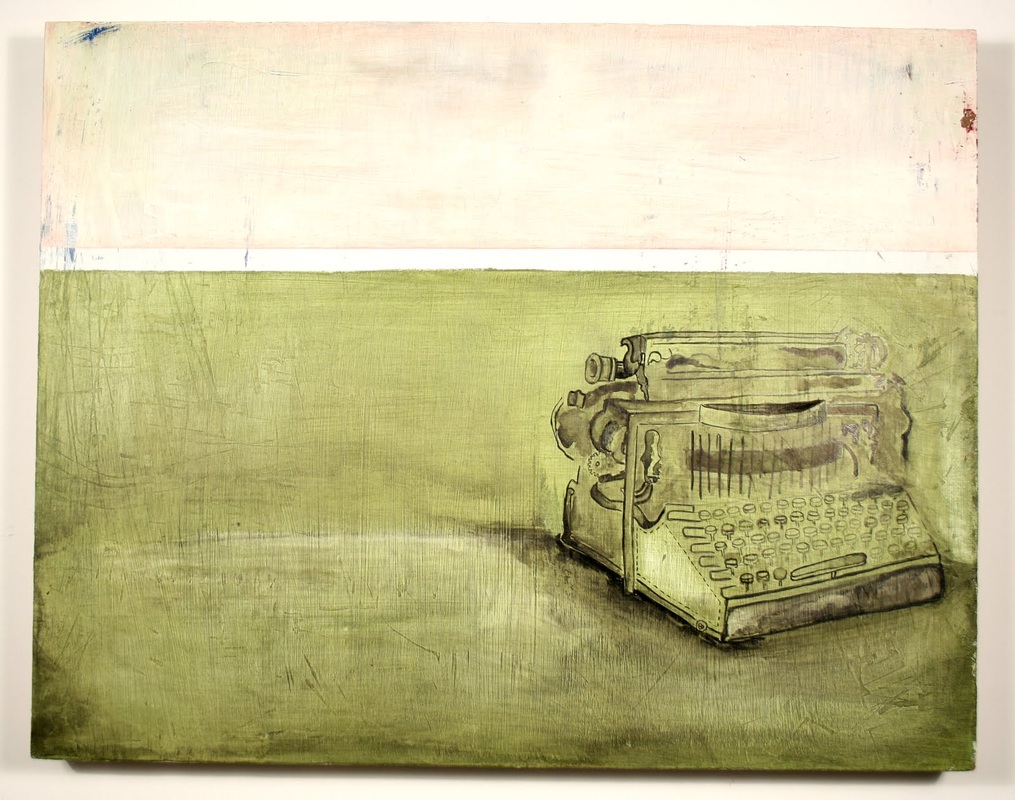
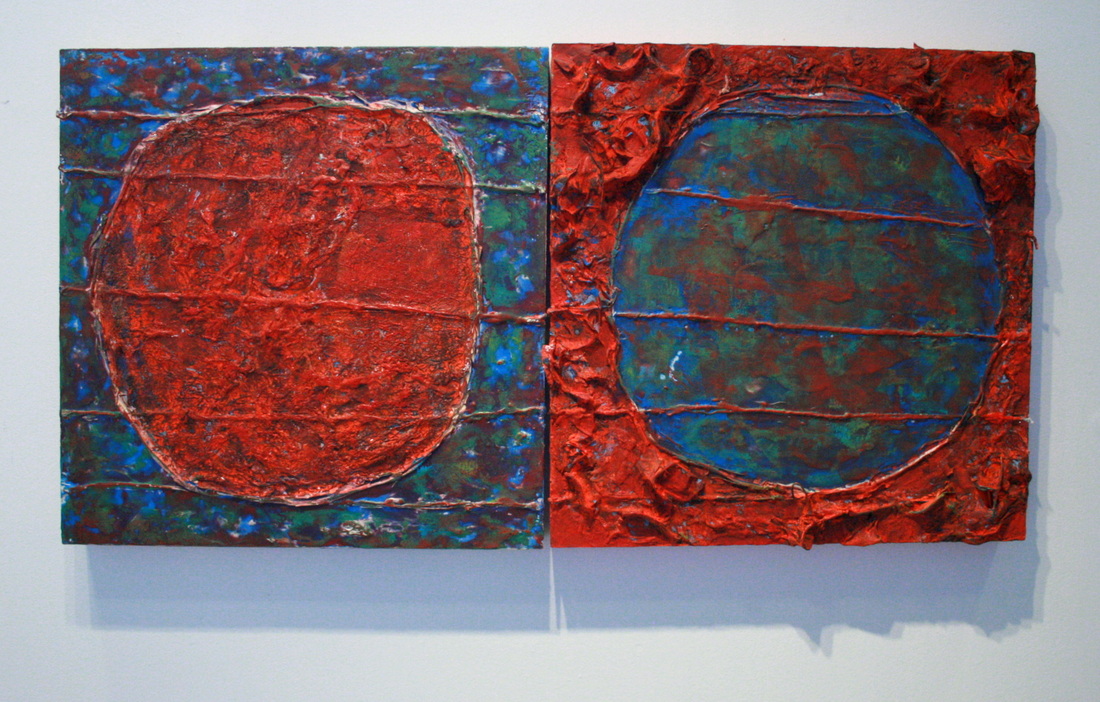
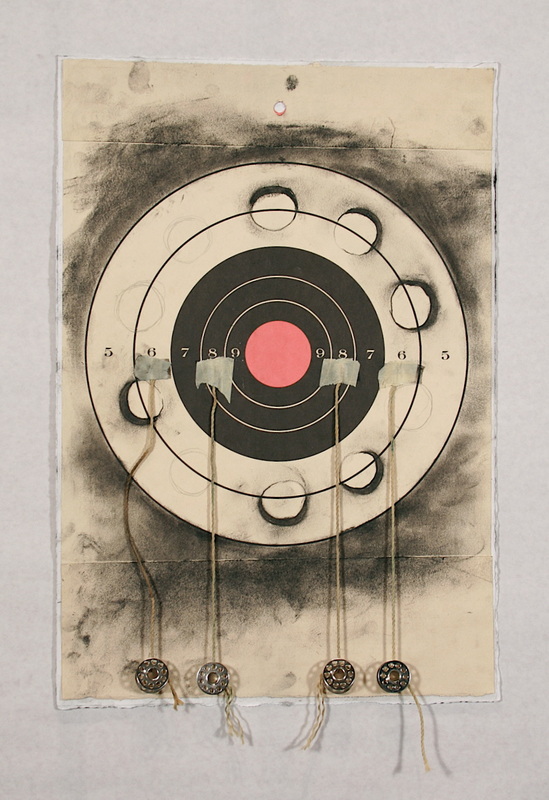
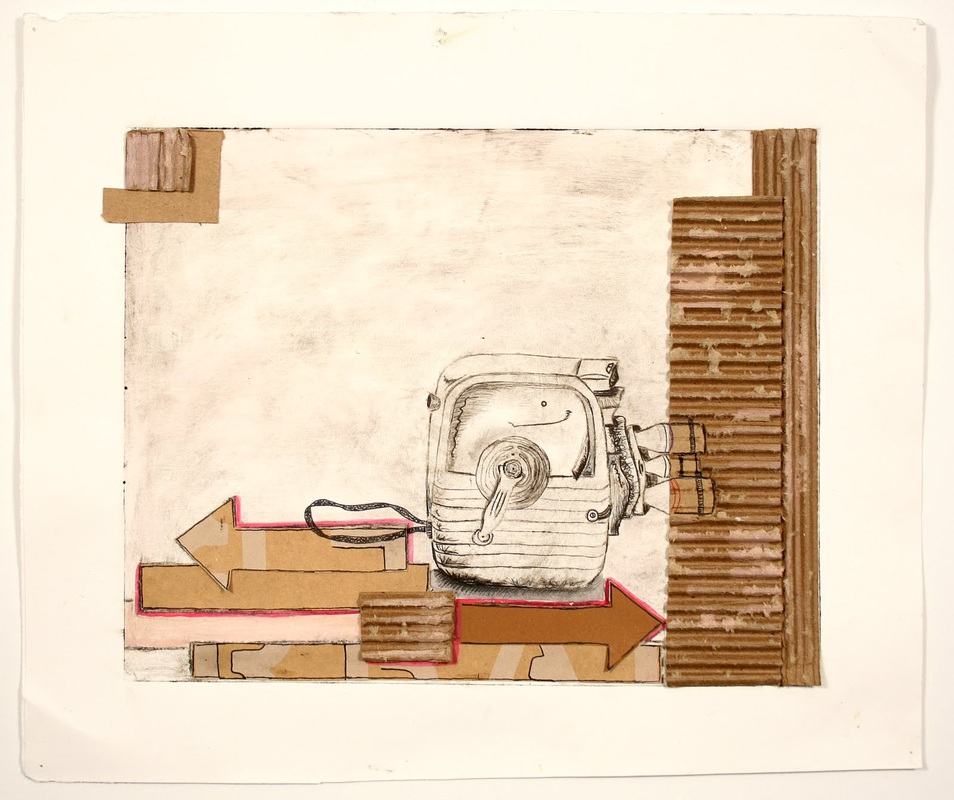
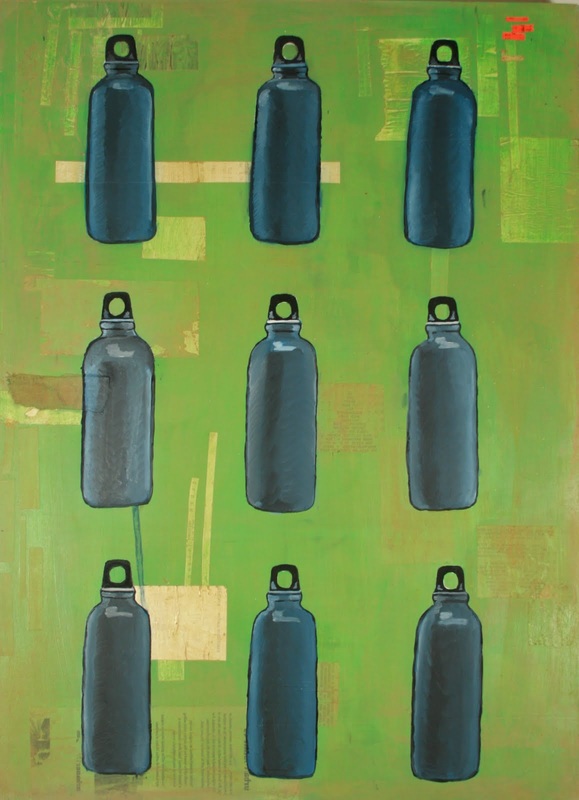
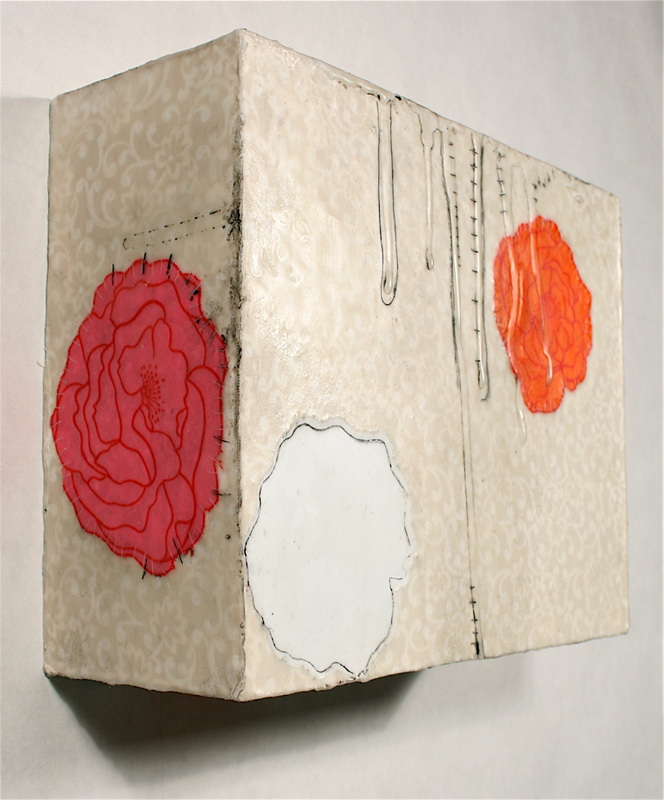
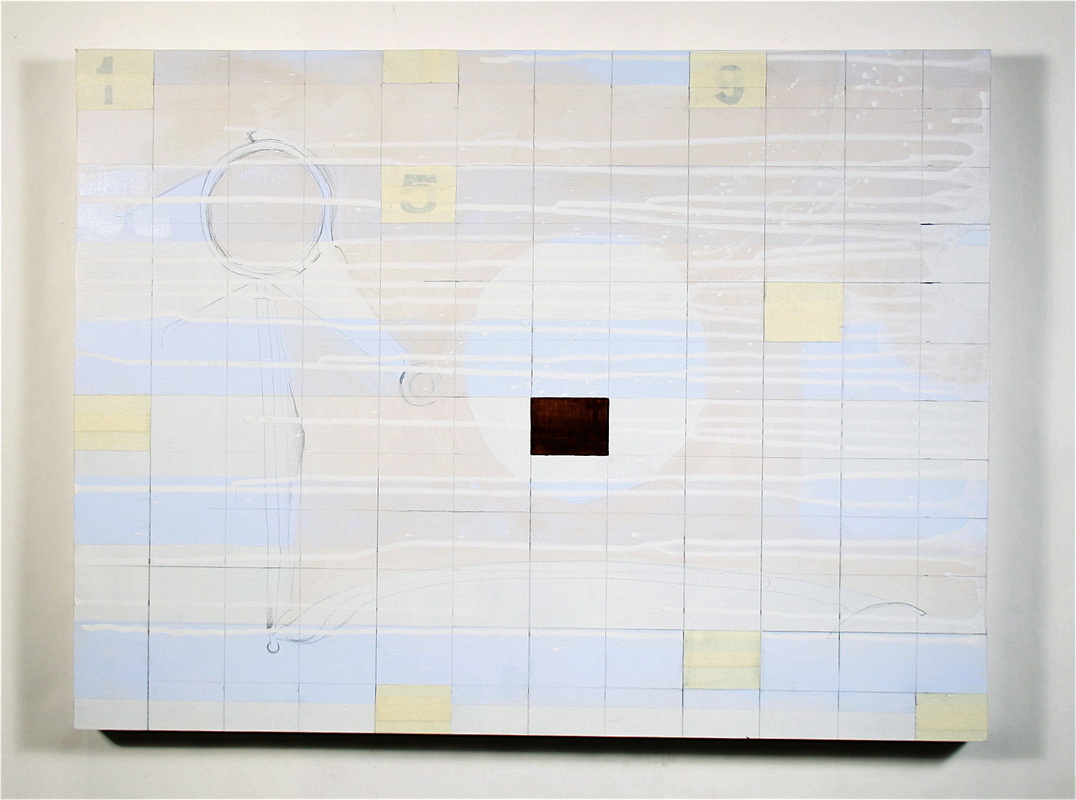

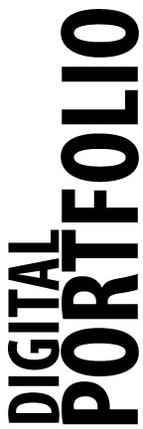
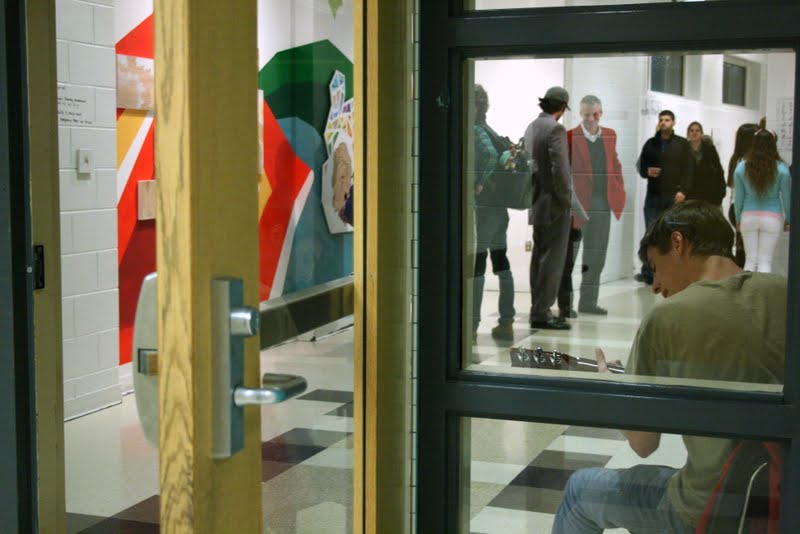
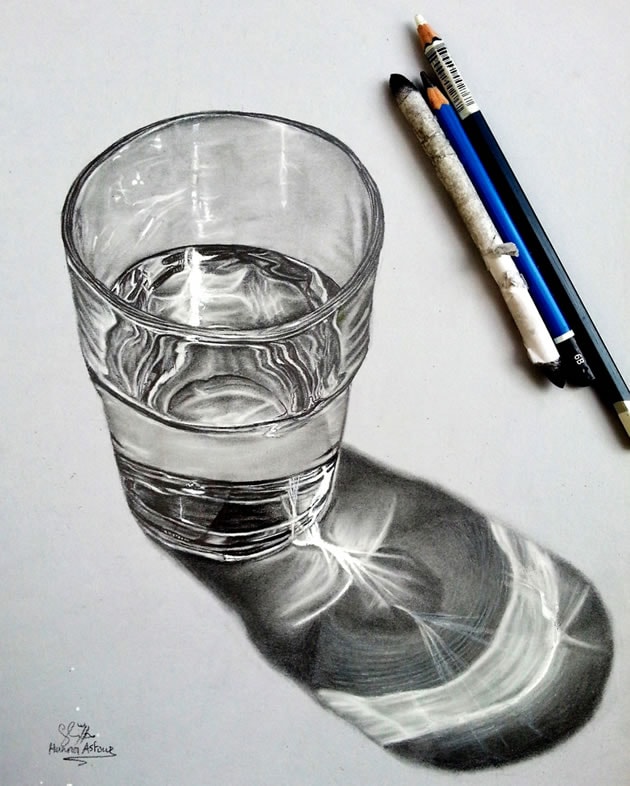
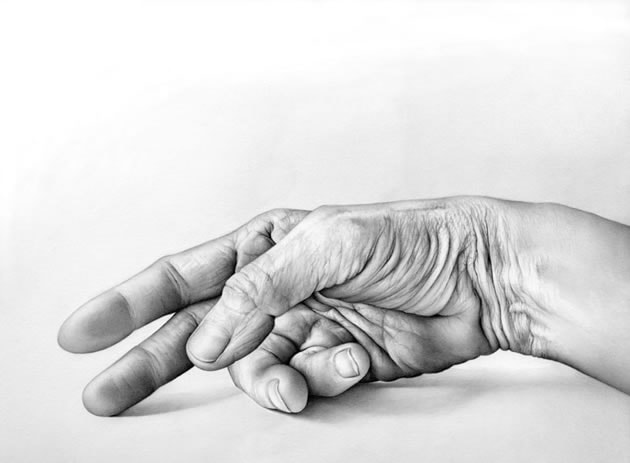
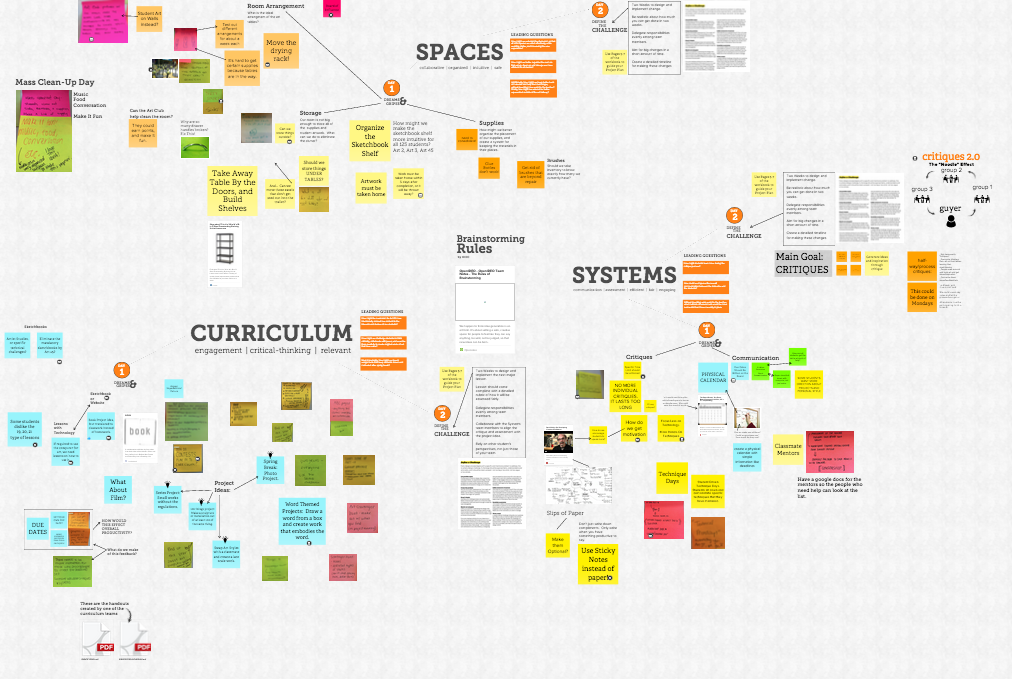
 RSS Feed
RSS Feed
